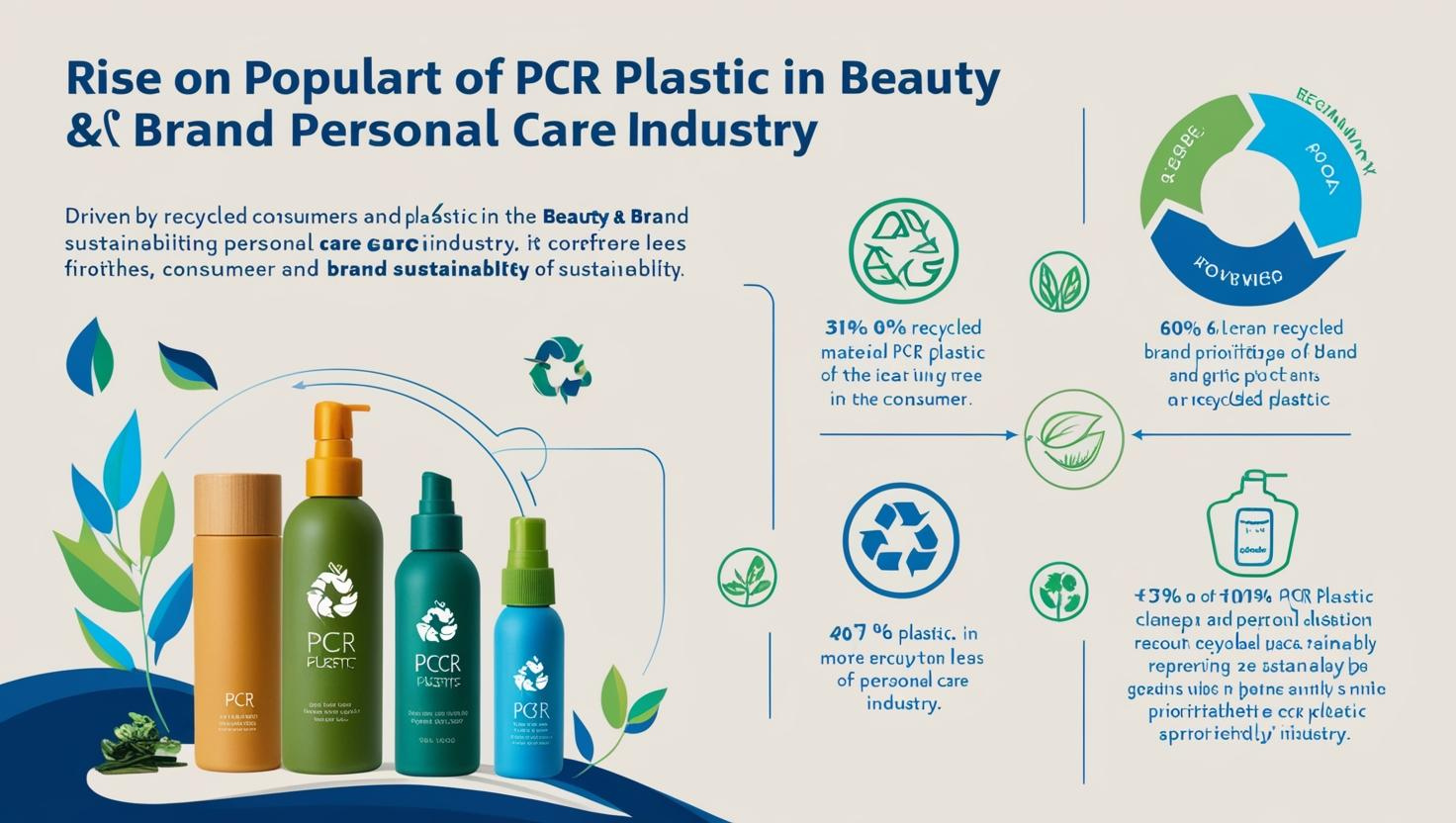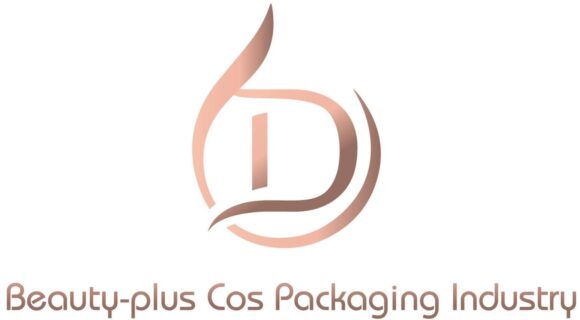
As sustainability becomes a top priority for consumers and brands alike, PCR plastic1 is quickly rising in popularity across the beauty and personal care industry.
But what exactly is PCR, how is it different from virgin plastic, and what should you consider before switching?
Let’s explore the ins and outs of Post-Consumer Recycled (PCR) plastic in cosmetic packaging.
What Is PCR Plastic?
PCR plastic refers to material made from plastic waste that has been used by consumers, collected, sorted, cleaned, and reprocessed into new packaging components.
Common PCR types include:
- PCR-PET (from used water bottles)
- PCR-PP (from food containers, caps)
- PCR-HDPE (from milk jugs, shampoo bottles)
The recycling process2 turns household plastic waste into reusable resin that can be re-molded into cosmetic bottles, jars, and closures.
PCR vs Virgin Plastic
| Property | Virgin Plastic | PCR Plastic |
|---|---|---|
| Appearance | Clear, smooth | Slightly grey or uneven tone3 |
| Environmental impact | High (fossil-based) | Lower (recycled content)4 |
| Performance | Consistent | Varies by batch and supplier5 |
| Cost | Stable | Sometimes higher due to processing |
| Consumer appeal | Neutral | Seen as eco-conscious and innovative |
Many beauty brands proudly label their bottles with “Made from 50% PCR” to boost environmental branding.
Why Brands Are Switching to PCR
Brands are adopting PCR plastic for multiple reasons:
- Reduces use of virgin fossil-based resin
- Helps meet corporate ESG and plastic reduction goals
- Enhances brand image among eco-aware consumers
- Can be used in mono-material recyclable packaging
- Qualifies for tax incentives or regulations in some markets (e.g. UK Plastic Packaging Tax)
Companies like Unilever and L’Oréal6 are leading the way by integrating PCR into both mass and luxury product lines.
Limitations and Design Considerations
Using PCR isn’t without challenges:
- Color variation — PCR may appear slightly grey or cloudy, especially at high percentages
- Slight odor — depending on source, some batches carry a mild smell
- Lower clarity — not ideal for transparent packaging
- Needs better mold control — flow and finish may be inconsistent
Still, brands can mitigate these by:
- Using additives and stabilizers7
- Combining PCR with virgin material (e.g. 30/70 blend)
- Using colored or matte packaging to mask imperfections
Is PCR Recyclable Again?
Yes. PCR plastics are recyclable again if used in recyclable formats like mono-material PE or PET bottles. However, multiple PCR cycles may eventually degrade polymer quality.
The key is to design for closed-loop recyclability, avoiding metalized coatings, mixed resins, and complex decoration.
When Should You Use PCR?
PCR is a great option if:
- You want to reduce your carbon footprint
- You’re targeting eco-conscious consumers
- You want to comply with sustainability frameworks
- Your product can be in an opaque or tinted container
It may not be ideal for crystal-clear packaging or ultra-precise molding.
Final Thoughts
PCR plastic is helping beauty brands transition toward circular packaging systems without drastically changing form or function. While it may not look as flawless as virgin resin, it sends a powerful message about your commitment to the planet.
Next, we’ll explore how glass compares to plastic in beauty packaging. Read on: Is Glass Packaging Always Better Than Plastic?
-
PCR plastic is made from recycled consumer plastic waste and reprocessed into usable resin for new packaging. ↩
-
The recycling process includes collecting, sorting, cleaning, and pelletizing plastic to prepare it for reuse. ↩
-
PCR may appear darker or slightly uneven due to the mix of source materials in each batch. ↩
-
PCR reduces the need for virgin fossil fuel resources and lowers carbon emissions during production. ↩
-
PCR resin quality can vary between suppliers and may require testing to ensure consistent performance. ↩
-
Major cosmetic companies like L’Oréal and Unilever use PCR to reduce plastic waste across product ranges. ↩
-
Additives and masterbatches can help adjust PCR color, gloss, and flow to mimic virgin plastic properties. ↩

